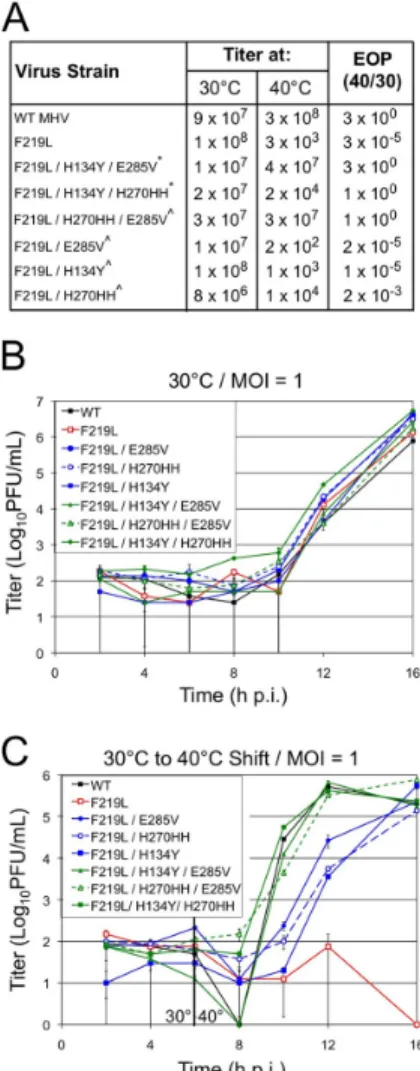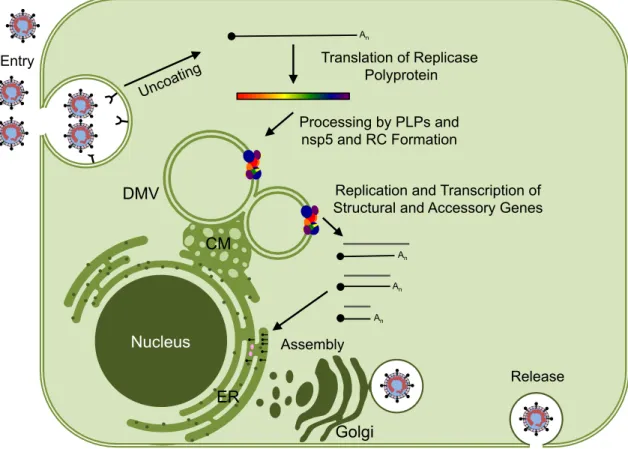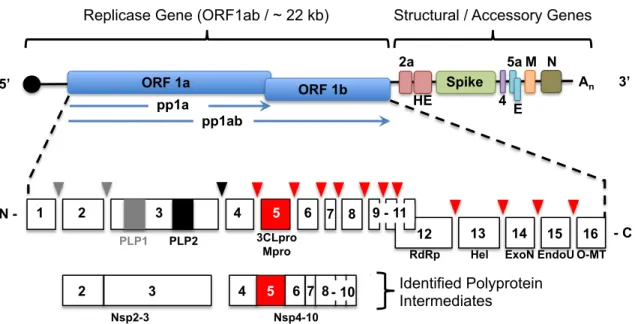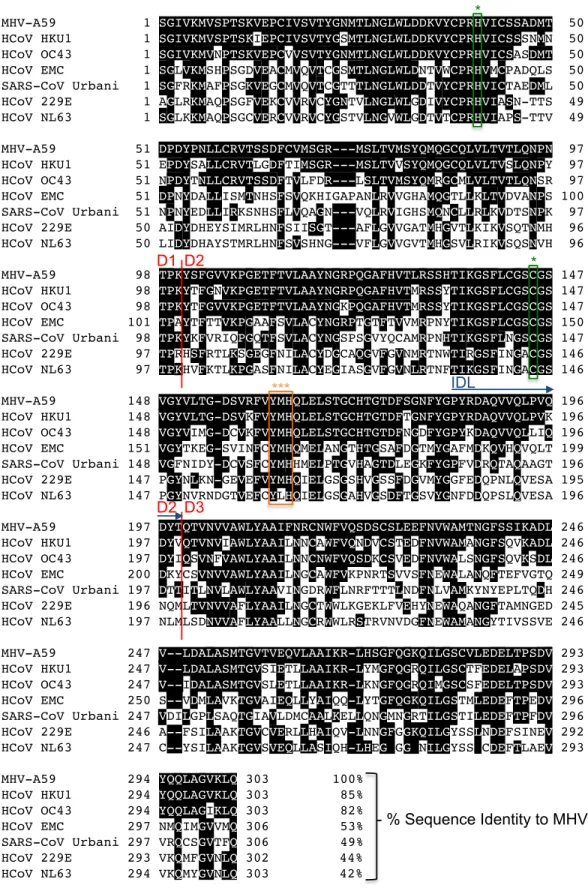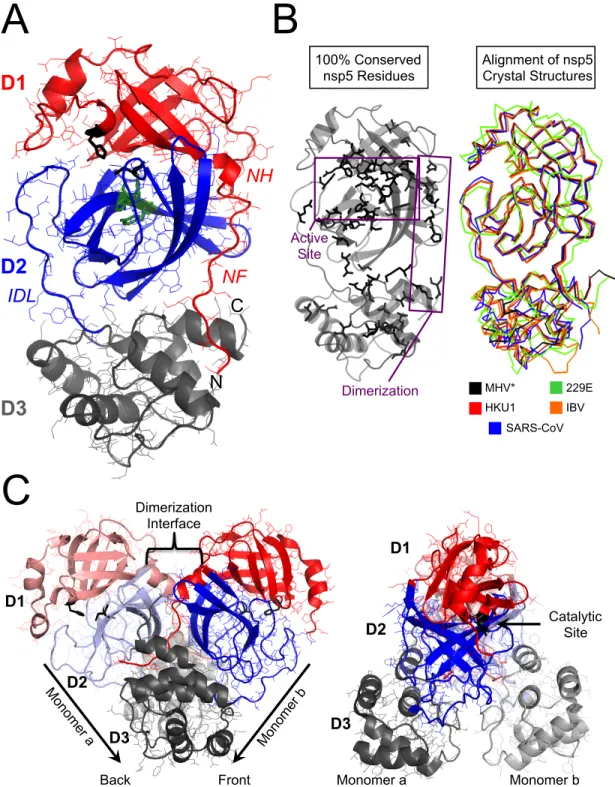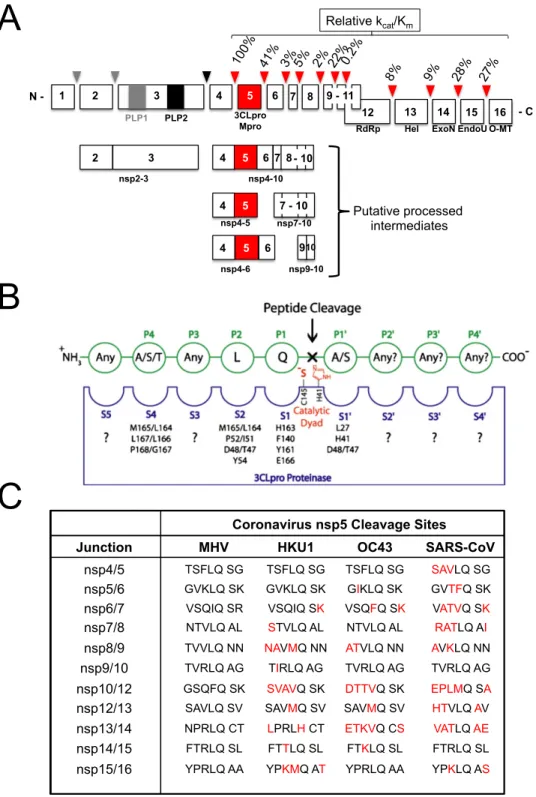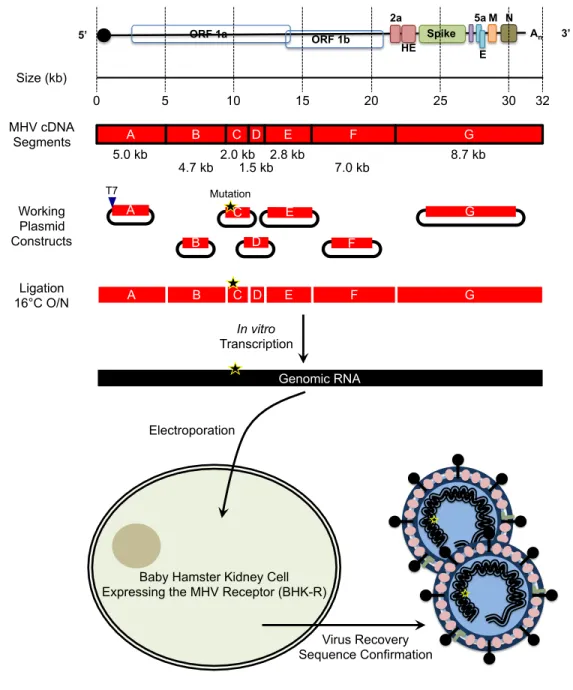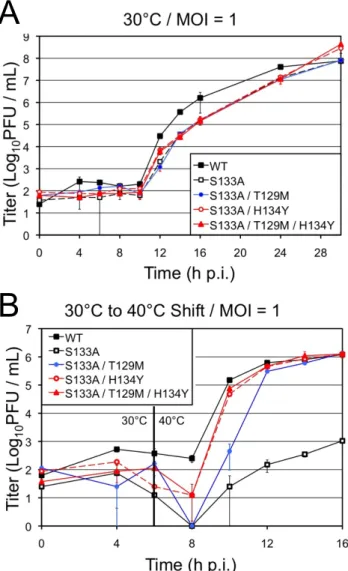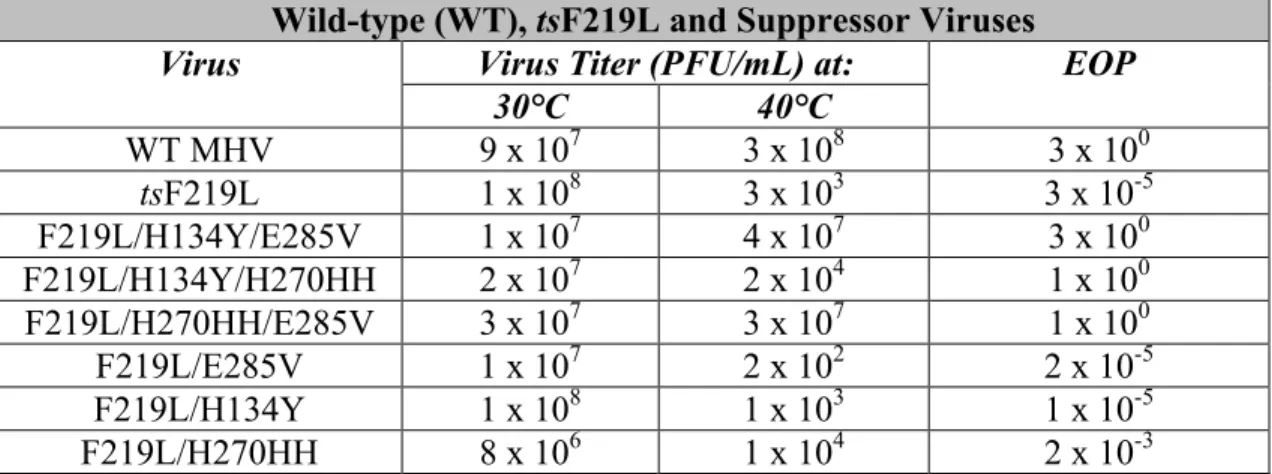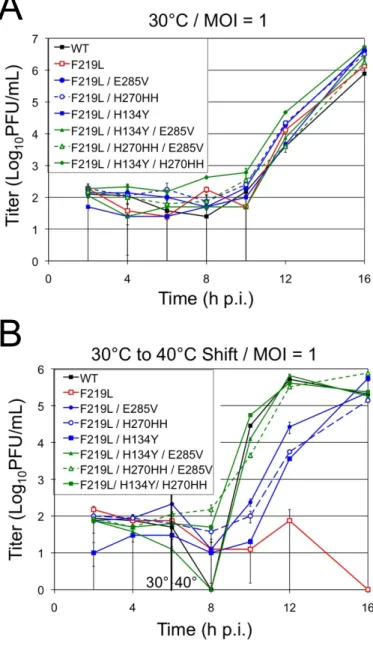Efforts to identify the source of the virus have suggested that MERS-CoV, like SARS-CoV, has a bat origin (Anthony et al., 2013; Kindler et al., 2013). Similarly, deletion and substitution of the PLP1 and PLP2 cleavage sites in MHV are tolerated but result in significant replication defects (Gadlage et al., 2010; Gadlage et al., 2010; Graham and Denison, 2006). Finally, the direct mutagenesis of the IBV nsp15-nsp16 cleavage site resulted in compensatory mutations (P166S or P166L) in the nsp5 substrate-binding pocket (Fang et al., 2010).
Coronaviruses are known to exhibit some of the highest known rates of recombination, which has been attributed to polymerase pausing and RNA template switching (Makino et al. 1986; Sawicki et al. 2007). These data indicate that the secondary structure of the proteases is indistinguishable at room temperature. Collectively, these data indicate a close and crucial co-evolution between coronavirus nsp5 protease and the rest of the replicase gene.
Quantification of the ratio of WT MHV to H5-MHV or O5-MHV as determined by averaging three replicates at. In SARS-CoV, the relative in vitro activity of nsp5 at the nsp7/nsp8 site is about 5% of the activity at the nsp4/5 cleavage site (Grum-Tokars et al., 2008). Analysis of EOP values for recovered mutants containing MHV ts alleles gave mixed results.
To assess replication kinetics of recovered MHV ts alleles in H5- and O5-MHV chimera backgrounds. Consistent with previous studies, most viruses surveyed exhibited similar replication kinetics to WT MHV at 32°C ( Sparks et al., 2008 ; Stobart et al., 2012 ). Expansion of MHV temperature-sensitive viral mutants at 40°C resulted in the appearance of five separate second-site suppressor mutations together involving domains 2 and 3 of MHV.
Analyzes of ts mutant viruses revealed a defect in nsp5-mediated processing and viral replication at the nonpermissive temperature. This is similar to the effect of mutations introduced into the interdomain loop (IDL) between domains 2 and 3 of arterivirus nsp4, a smaller but structural ortholog of CoV nsp5 (van Aken et al., 2006). These large differences in the relative processing rates of nsp5 cleavage sites may represent differences in the timing and ordered hierarchy of nsp5 cleavage events among coronaviruses.
These findings, however, do not account for the known role of the intracellular environment and changes in the cellular environment that affect protease activity during virus infection (Okamoto et al., 2010). Further studies will be needed to evaluate other cleavage sites and the role of the chemical environment on protease activity in vitro. Moreover, other regions of virus genomes also show a high degree of structural and functional homology (Dijkman et al., 2012).
Furthermore, reversion analysis of tsS133A resulted in the emergence of two distinct suppression patterns: S133A/H134Y and S133A/T129M/H134Y.
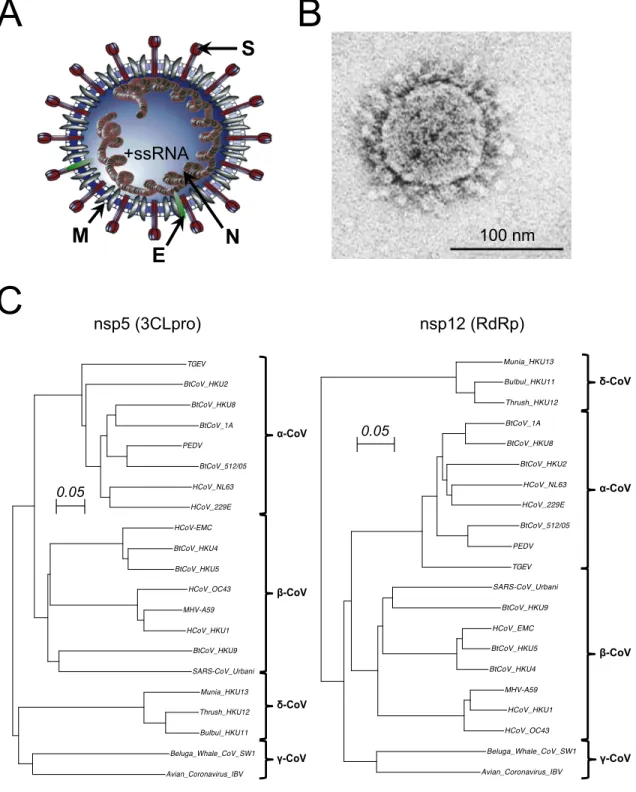
MHV SGIVKMVSP! !TSKVE!
Amino-terminal of nsp5 protease. A) Structure of MHV nsp5 protease (modeled after structure of HKU1 [PDB code 3D23] showing amino-terminal residues. Amino-terminal helix (NH) and amino-terminal finger (NF) regions B) Alignment of NF and NH residues from MHV , SARS-CoV, 229E and IBV.
229E AGLRKMAQP! !SGFVE!
IBV SGFKKLVSP! !SSAVE!
Together, these approaches may shed new light on the role of the amino-terminal region of nsp5 and the potential for dimerization during viral infection. Mutagenesis of seven EAV nsp4 IDL residues resulted in reduced viral fitness or death and alteration in proteolytic processing. Predictive modeling of these residues suggests that they play an important role in stabilizing the horseshoe structure at the amino terminus of the loop.
However, no viral, structural, or biochemical studies have evaluated the functional role of the IDL nor of these residues. During the study of the MHV ts and suppressor alleles described in Chapter II, I initiated mutagenesis studies of the residues of the MHV IDL to evaluate its functional role in nsp5 activity and virus replication. Ongoing and future work can evaluate the replication of these viruses and continue to mutate and change the length of the nsp5 IDL.
In addition to mutagenesis, other possible approaches to study the loop include biochemical characterization (thermal stability, structural flexibility from Rosetta predictions or cryo-NMR characterization, and catalysis after mutagenesis) and chimeric exchange to assess conservation of its structure and function. After translation in the context of the pp1a and pp1ab polyproteins, it has been hypothesized that nsp5 is associated with. These data may partially explain the pathogenesis of the virus and the progression of the disease in the mouse model.
The MHV whole genome assembly is generated by ligation of seven cDNA fragments (A-G) digested from individual plasmids as previously described by Yount et al. Transcription of the extracted ligated DNA, as well as the N cDNA encoding the nucleocapsid protein, was performed using the mMachine T7 transcription kit (Ambion) under conditions previously described in detail (Yount et al., 2002). Reversion analysis of the ts viruses described in Chapter II was performed by infecting DBT-9 cells in duplicate using 6-well plates with serial dilutions of potential reversal samples with a 1-hour adsorption period.
Distance calculations were determined by measuring the alpha carbon to alpha carbon in the structure of HCoV-HKU1 nsp5. Complementary oligonucleotides representing P8 to P8' for each nonstructural protein cleavage site were synthesized (BioBasic) and inserted between the CFP and YFP via recombinant cloning after restriction enzyme digestion of the multiple cloning site (Oliner et al., 1993). Emission of the FRET substrates at 485 nm was monitored over a time course ranging from 30 minutes to 6 hours depending on the substrate used.
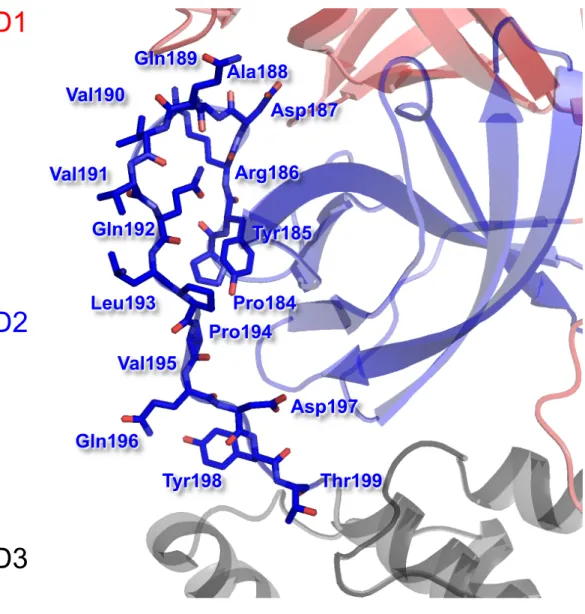
Temperature-Sensitive Mutants and Revertants in the Coronavirus Nonstructural Protein 5 Protease (3CLpro) Define Residues Involved
Growth of the tsV148A mutant at 40 °C resulted in the appearance of mutations at a second site (S133N and H134Y) that suppressed the tsV148A phenotype. Sense and antisense primers were designed to overlap with nucleotide changes in the middle of the primer. The titer and plaque morphology of the tsF219L mutant were indistinguishable from those of WT MHV at 30 °C (data not shown).
All the second site suppressor residue positions in HKU1 nsp5 were greater than 10 Å distance from the residues in the monomeric structure with the only exception that the H134 residue is 3.8 Å from the adjacent S133 (data not shown). Temperature-sensitive mutations and nsp5 activity. Analyzes of the MHV nsp5tsmutant viruses showed a defect in nsp5-mediated processing and virus replication at the non-permissive temperature. Coronavirus nsp5 functions in the vicinity of the largest known RNA virus polyprotein and must orchestrate 11 separate splicing events.
Structure of arterivirus nsp4. The smallest chymotrypsin-like proteinase with an alpha/beta C-terminal extension and alternative conformations of the oxyanion hole. Functional and genetic studies of the substrate specificity of coronavirus infectious bronchitis virus 3C-like proteinase. Intracellular and in vitro translated 27-kDa proteins contain the 3C-like proteinase activity of the coronavirus MHV-A59.
Mechanism for controlling the dimer-monomer switch and coupling dimerization to catalysis of the severe acute respiratory syndrome coronavirus 3C-like protease. The catalysis of the SARS 3C-like protease is extensively regulated by its additional domain. Substrate specificity profiling and identification of a novel class of inhibitor for the major protease of SARS coronavirus.
Critical assessment of key regions in the subunit association and catalytic action of the severe acute respiratory syndrome coronavirus major protease. Efficient autoproteolytic processing of the MHV-A59 3C-like proteinase from the flanking hydrophobic domains requires membranes. Mechanism for controlling the dimer-monomer switch and coupling dimerization to catalysis of the severe acute respiratory syndrome coronavirus 3C-like protease.
